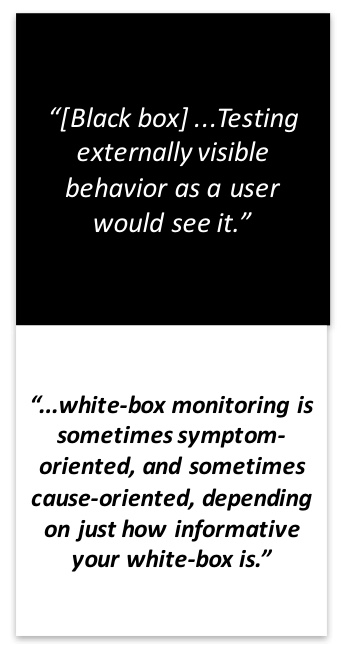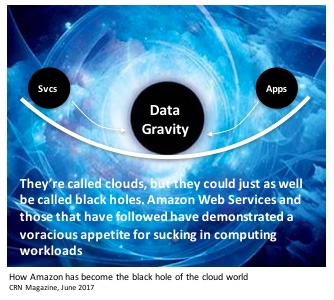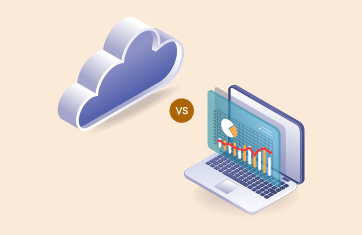
 For years, monitoring has used the terms ‘black box’ and ‘white box.’ Black box monitoring is outside-in; it tests externally visible behavior. Real user monitoring and service-level monitoring are examples. White box monitoring is inside-out; it provides details about the internal state of a system and is critical for root-cause analysis.
For years, monitoring has used the terms ‘black box’ and ‘white box.’ Black box monitoring is outside-in; it tests externally visible behavior. Real user monitoring and service-level monitoring are examples. White box monitoring is inside-out; it provides details about the internal state of a system and is critical for root-cause analysis.
On the other hand, a black hole – at least in the context of the cloud – brings things like data gravity to mind. Public cloud services like Amazon and Azure are sucking in workloads at an amazing rate.
But, lack of transparency in the cloud is also prevalent, and contributes to the ‘clouds-as-black-holes’ phenomenon. Monitoring cloud services today tends to be a black box affair.

The fact is, your digital business services include many heterogeneous components, multi-vendor devices and service providers. Today’s monitors will need to do a combination of black and white box monitoring, linking real user experience to the underlying cause of performance issues and proactively avoiding business impacts whenever possible.
This combination of black box monitoring, with a well-informed white box capability, is also the basis of effective autonomous operations. Digital business services and business transaction health – outside-in, black box monitoring – will raise the alarm that the business is being impacted.

But, the convergence of both applications and infrastructure performance monitoring will be needed for inside-out (white box) monitoring, effective root-cause analysis and avoiding the black hole effect of hybrid cloud monitoring.

Contact your eG Innovations representative to learn more. »
eG Enterprise is an Observability solution for Modern IT. Monitor digital workspaces,
web applications, SaaS services, cloud and containers from a single pane of glass.








